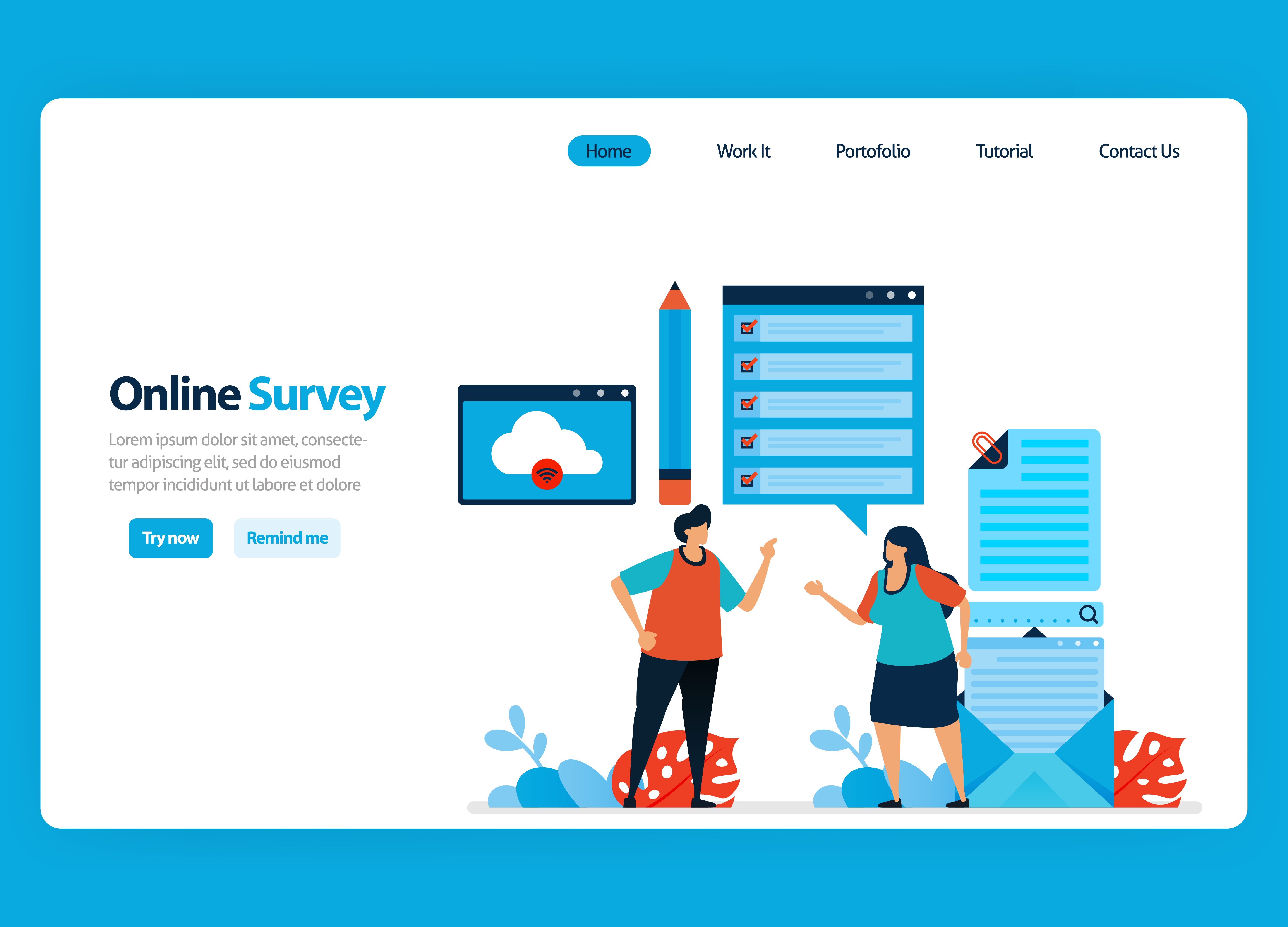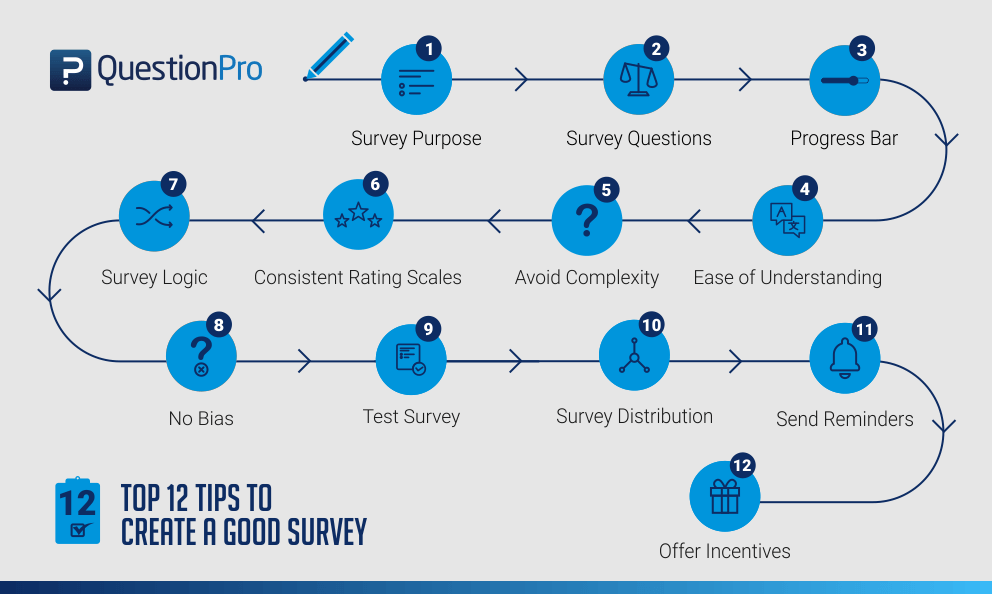Table Of Content

Bias refers to any question that may lead respondents towards one answer over another, while priming occurs when a participant’s answers are influenced by previous questions or statements in the survey. Once you have a well-designed goal, remember to keep things simple when designing your survey. Too many questions or overly complex questions can confuse participants and make them less likely to complete your survey.
Humour: the deadly serious role it can play in market research - Kantar
Humour: the deadly serious role it can play in market research.
Posted: Tue, 23 May 2023 07:00:00 GMT [source]
Get started
The 2021 NSCG retains the four-panel rotating panel design that began with the 2010 NSCG. As part of this design, every new panel receives a baseline survey interview and three biennial follow-up interviews before rotating out of the survey. A number of sensitivity checks were performed to test the robustness of the findings, and the main conclusions were consistently upheld. We’ve been working with Kadence on a couple of strategic projects, which influenced our product roadmap roll-out within the region. Their work has been exceptional in providing me the insights that I need.
Good questions to ask could be:
The ABS sample addresses had a probability of selection based on the stratum from which they were sampled. The supplemental samples (i.e., Chinese, Filipino, Indian, Korean and Vietnamese surname lists) also had a probability of selection from the list frames. In the last month of data collection, an additional mailing was added to boost the number of Vietnamese respondents.
Secure Surveys
With your survey findings, you can make better decisions or position your company as a leader in your industry. Still, some employees said regardless of the availability of resources or collaborative spaces in the office, they didn’t feel a desire or a need to report to work in person. Like the results of many return-to-office surveys, a majority of respondents said they are more productive while teleworking.

For instance, no customer wants you to ask if they use the free plan for your product. Stripping these questions from your survey helps you have one less question, and this can lead to a higher survey response rate. If you must ask questions related to the data you have, ensure they are highly relevant to your research.
Generating Insights from Results
So, instead of agreeing or disagreeing with a statement, you’re sharing to what degree you feel a specific thing, or how often you do something. Multiple choice questions are questions that ask respondents to choose one (single select) or more (multiple select) answers from a list. It’s important to keep the answer options clear and concise for accurate response capturing. Including images in online surveys may enhance user experience and make respondents' answers easier. Respondents can choose from a variety of images in image choice questions.
Not only does location include the county the respondent is living in but it can also include whether they live in a rural, suburban or urban setting which can be an incredibly insightful factor for brands and agencies. If your brand’s main customer is young people, targeting only 18 to 35-year-olds helps you save money on survey costs and allows you to focus on the people that matter. Before tackling any objectives, an easy first step is to set a goal for your survey. This is your primary aim for the survey, essentially what you want to know and why you need a survey. Your objectives for your survey are more specific and they break down the steps to take in order to achieve the survey goal. Below are the steps we follow throughout the survey design process from concept to completion, you can follow these steps to when designing your own survey.
As an incentive, you can share the results with the participants, in the form of a benchmark, or a measurement that you then report to the participants. Then stick to it, so that when we survey people, again and again, they are used to our formula already. In the Likert scale 1 to 5, 5 should always be “good” and 1 should always be “bad”, again for consistency.

Airbnb encourages the customer to fill out the survey by showing a picture of the accommodation where they stayed, creating an emotional connection with the experience. Is this monetary, or is it having their say and being part of the conversation? As long as your survey is consistent and the focus is not on the score itself, but on the open-ended question, including prizes should work. Or are you sending it Friday afternoon, when people find they have less to do and perhaps are more inclined to respond? Consider when your audience is most likely to respond to your survey and give them the opportunity to do it at their leisure, at the time that suits them. Think about using surveys as a way of presenting solutions to your audience and getting direct feedback on those solutions in a more consultative way.
Grids or matrices of answers demand a lot more thinking from your respondent than a scale or multiple choice question. They need to understand and weigh up multiple items at once, and oftentimes they don’t fill in grids accurately or according to their true feelings. Timing has become one of the single most important factors for increasing completion rates in online surveys, and an area often neglected by researchers.
So, while planning your survey design, make sure to put “timely email” at the top of your list. Before going on to more complicated queries, start with simpler ones. It is possible to gather demographic data at the start or end of the survey. Depending on their characteristics and activities, you may further analyze your data using demographic questions to classify your audience. Design surveys, collect responses, and analyze the data like a pro.
Freestanding questions are open-ended questions that don’t directly relate to another question within the survey. A basic guideline is one freestanding open ended question per survey, unless you have a strong justification to add more. Strong justification means that you would not be able to answer the question you want to ask without an open-ended question. Sometimes, you may have very good reasons for open-ended questions; such as wanting respondents to highlight opportunities that you may have otherwise overlooked.
An ideal questionnaire would include an open-ended question at the end of the questionnaire that seeks feedback and/or suggestions for improvements from respondents. By including open format questions in your questionnaire, you can get insightful and even unexpected suggestions. An equally important factor in survey building that is often overlooked is survey balancing.

No comments:
Post a Comment